Good afternoon everyone for all of our friends who are at Blurtter and have been joining Blurtter for a long time, hopefully we are always healthy and can always carry out activities as usual. So on this occasion I want to write a little bit about Potanthus Pava | Photography hopefully later it can become a memory for myself, and for other friends who are already married, don't forget to also give directions and input if later in my writing there are still words- words that are not polite, therefore I apologize once again.
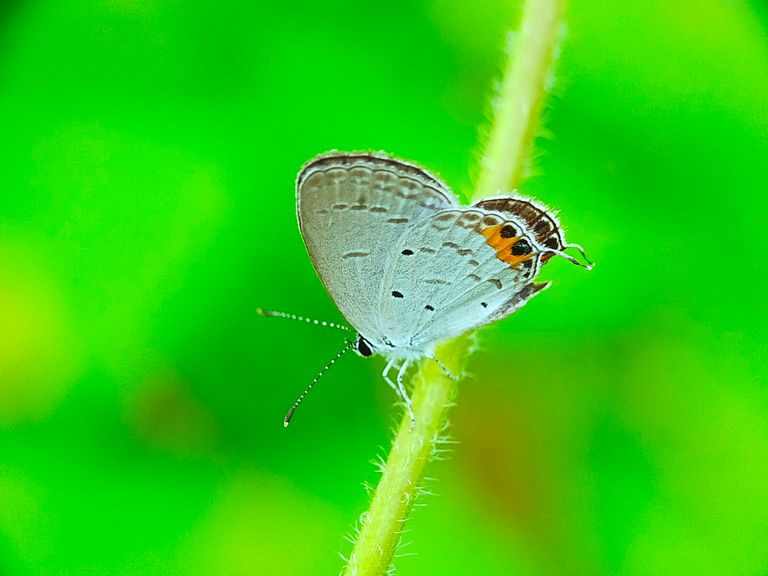
In simple terms, butterflies are distinguished from moths aka night butterflies based on their active time and physical characteristics. Butterflies are generally active during the day (diurnal), while moths are mostly active at night (nocturnal). Butterflies rest or perch by straightening their wings, moths perch by spreading their wings. Butterflies usually have beautiful brilliant colors, moths tend to be dark, dull or gray. However, there are always exceptions to these differences, so they cannot scientifically be used as a definitive guide.
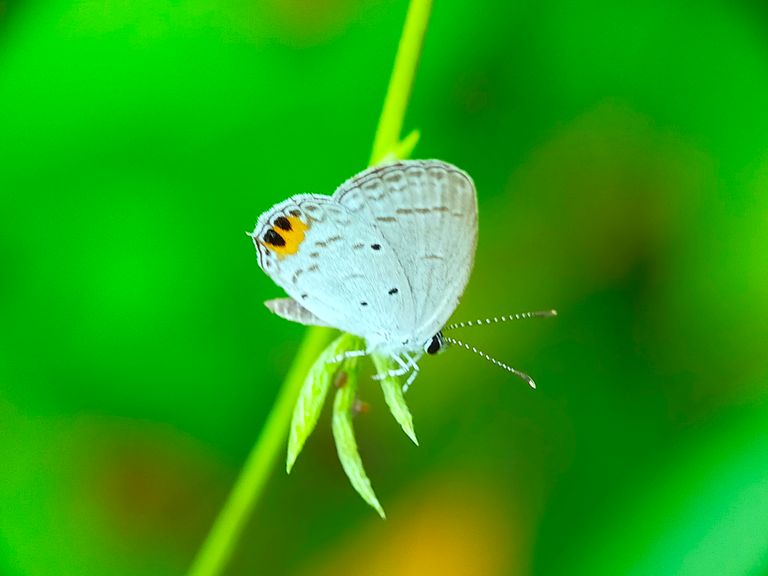
There are many kinds of butterflies and moths, and on the islands of Java and Bali alone, more than 600 species of butterflies have been recorded. So far, no complete list of moth species has been made, but hundreds of species are thought to be (Whitten et al., 1999). Butterflies are one of the few types of insects that are harmless to humans.
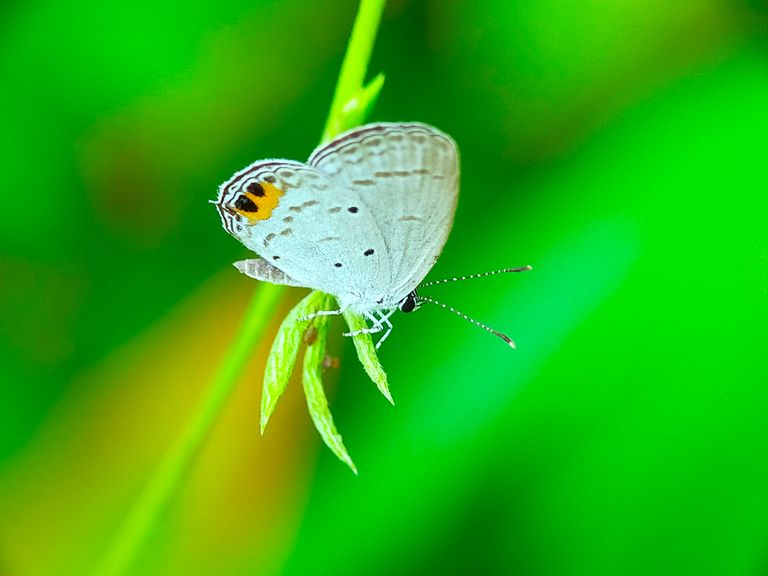
Many believe that butterflies have a very short lifespan. In fact, an adult butterfly can live for a week or almost a year depending on the species. Most species go through a rather long larval stage, and some are able to become dormant when in the pupa or egg stage in order to be able to wade through the winter. Butterflies can lay eggs once or many times each year. The number of offspring a year differs depending on the climate, which butterfly lives in

Butterfly eggs are protected by a tough burrowing shell called the chorion covered with an anti-wax coating that protects the eggs from drying out before the larvae can fully develop. Each egg has a fine funnel-shaped pore at one end, the micropyle which aims to allow the entry of sperm to join the egg. Different species have different egg sizes, but all butterfly eggs are spherical or oval in shape.
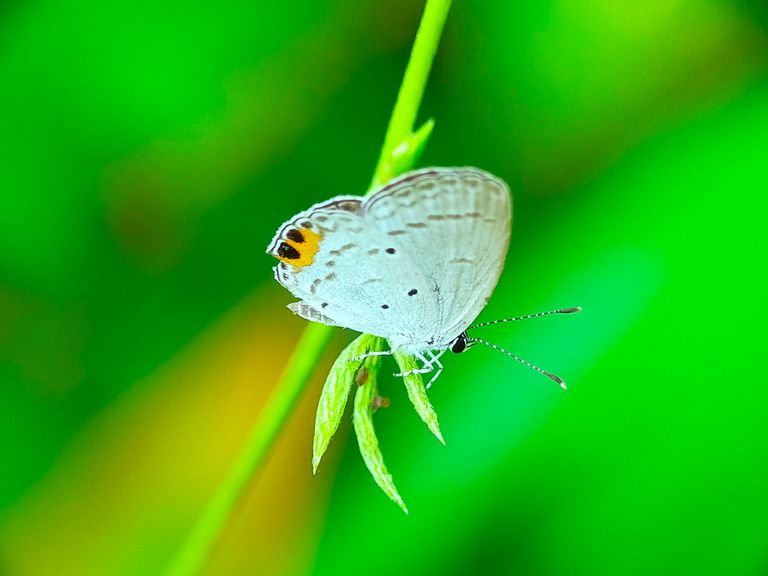
Butterfly eggs are attached to the leaves with a special adhesive that hardens quickly. When it hardens, it contracts and bends the shape of the egg. This adhesive is easily seen to form the meniscus material that surrounds the site of each egg. This adhesive is also produced by the pupa to bind the cremaster setae. This adhesive is so hard that the silk lining that holds the seta together cannot be separated.
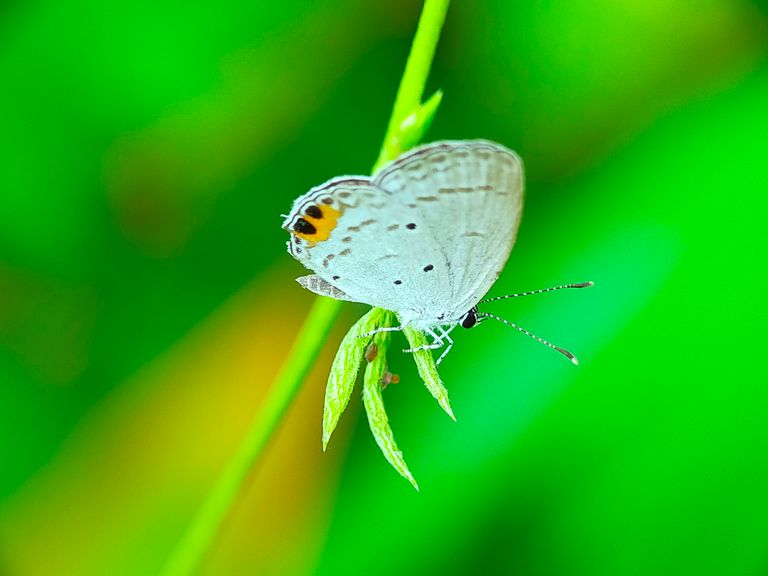
Butterfly eggs are always laid on plants. Each species of butterfly has its own range of host plants, both single species and multiple species. The egg stage is passed over several weeks for most butterflies, but eggs that are released shortly before winter, especially in temperate climates, must go through a diapaus (resting) stage and only hatch in the spring. There are other butterfly species that can lay eggs in the spring so that the eggs can hatch in the season

Butterfly larvae, namely caterpillars, feed on plant leaves and spend all their time as shells looking for food. Most beluncas are mauns, but there are species such as Spalgis epius and Liphyra brassolis that feed on insects. Some larvae, especially those belonging to the Lycaenidae, establish mutually beneficial relationships with ants. Beluncas communicate with ants by using vibrations emitted through the substrate in addition to emitting chemical signals. The ants protect these larvae more or less; in return, the larvae help the ants collect the honey seepage.

Beluncas enlarge through a series of stages called instars. Towards the end of each instar, the larvae undergo a process called apolysis, in which the epidermis, the tough outer layer made of a mixture of chitin and special proteins, is expelled from the soft underlying epidermis, the epidermis forming the new epidermis below. At the end of each instar, the larva gives birth to its old skin, then the new skin develops and hardens and produces pigment rapidly.[6] The process of copying this skin can take days. The butterfly flap pattern begins to develop on the body of the beluncas towards the last instar.
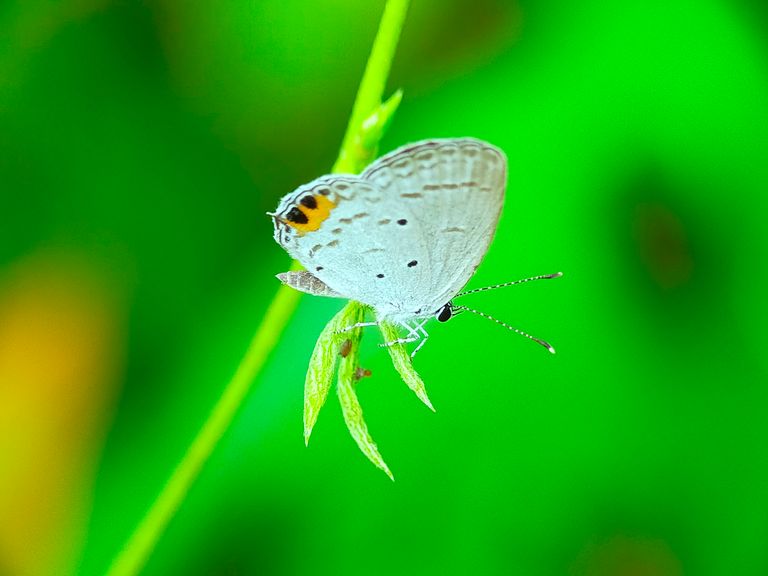
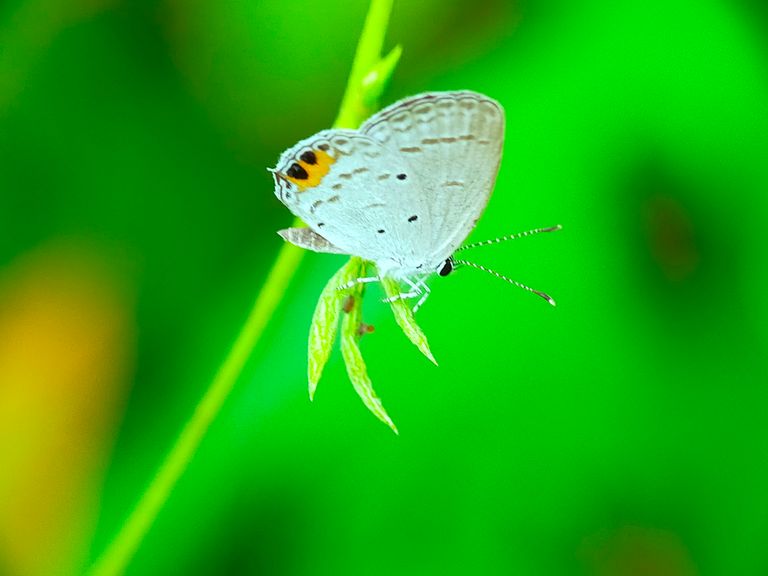
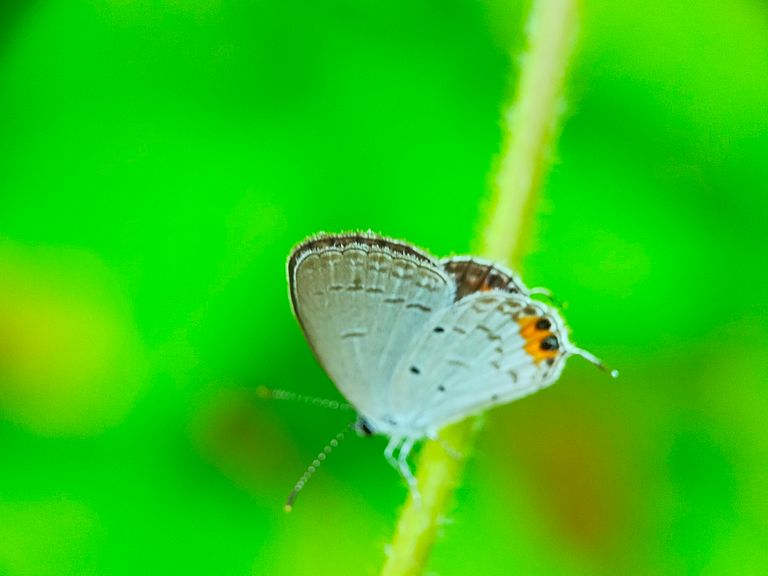
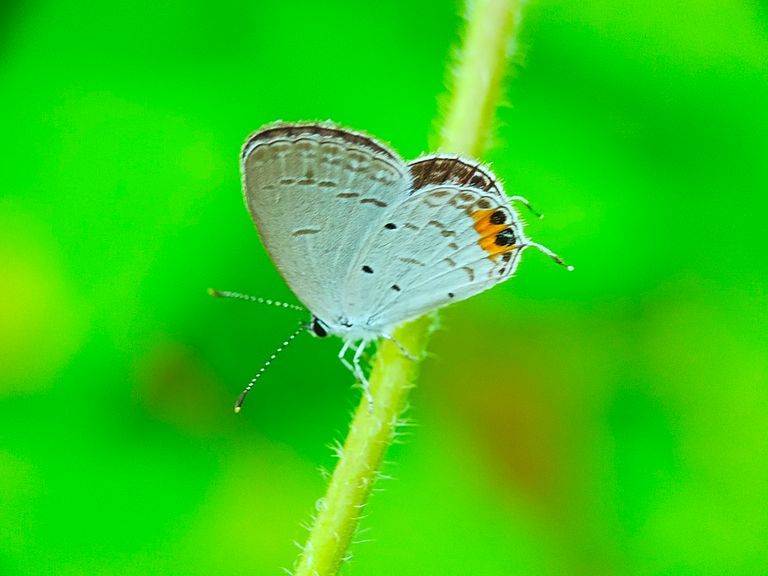
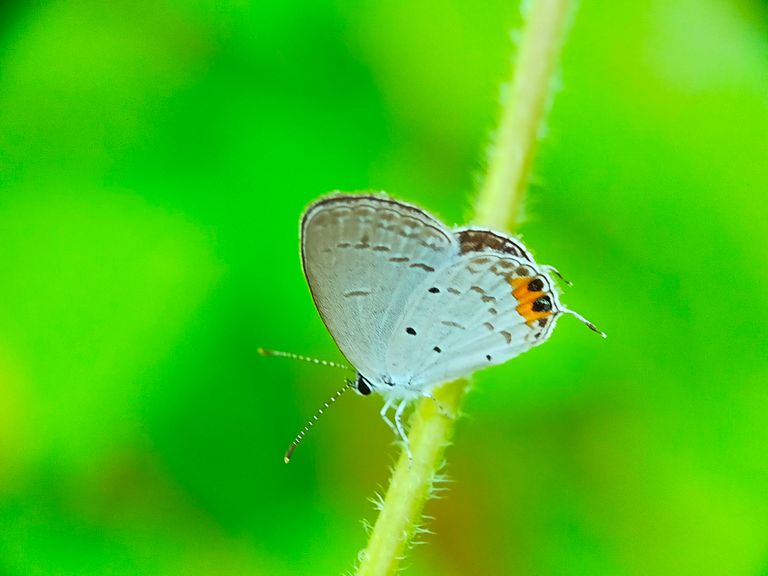
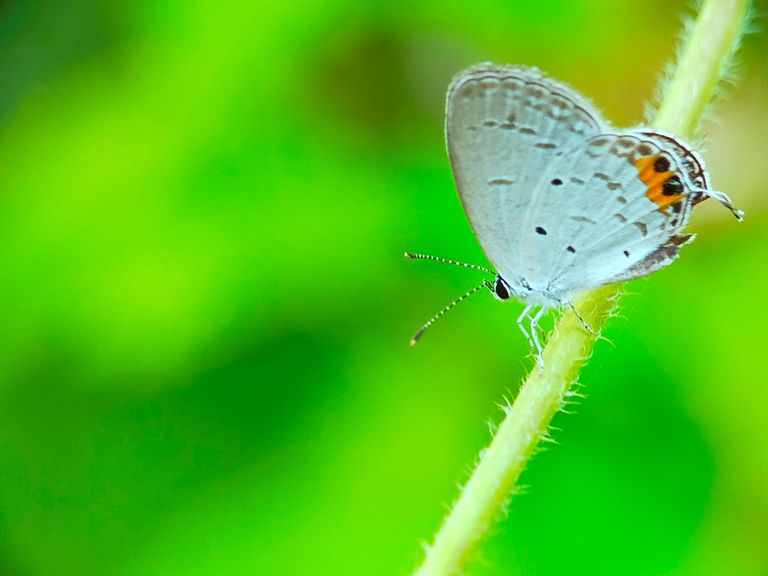
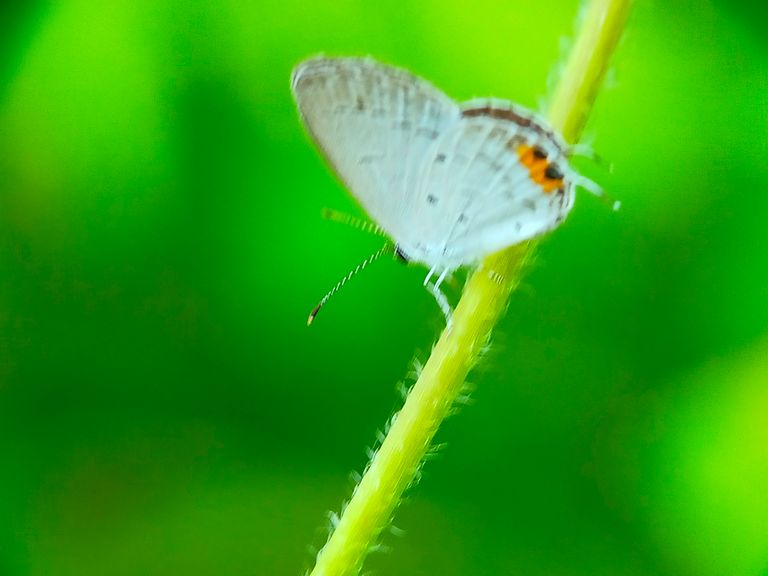
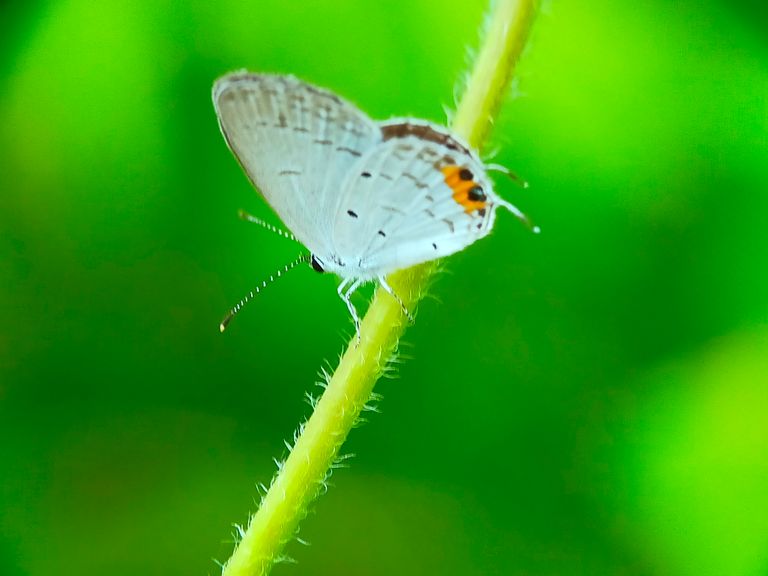
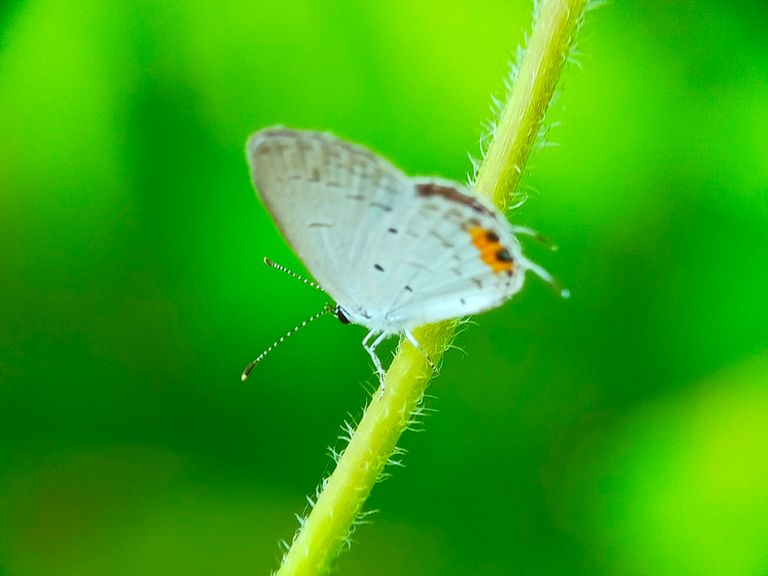
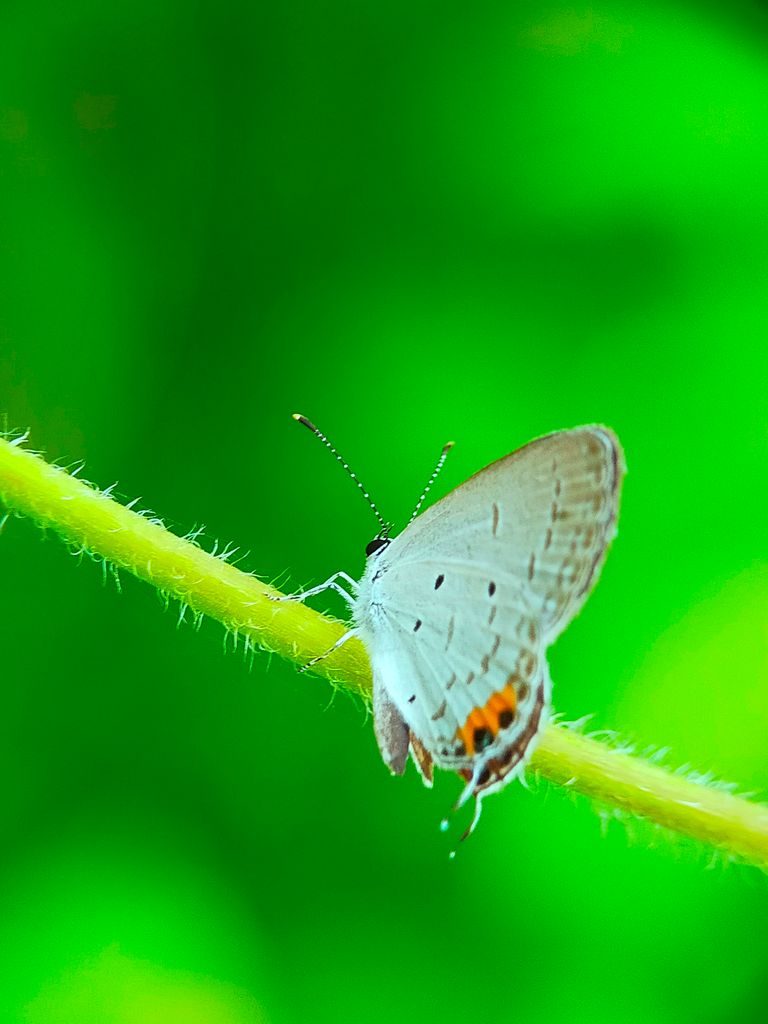
Butterfly caterpillars have three pairs of legs fixed on the thoracic segment and no more than six pairs of prolegs growing on the abdominal segment. On this prokaki there is a fine hook bracelet that is krusye which helps the beluncas to grip the substrate.
Some caterpillars can inflate part of their head to resemble a snake as a defensive measure. Some are also equipped with false eyes to make them more efficient. Some beluncas have a special structure called an osmeterium which is butted to leak out spoiled chemicals for defensive purposes as well.

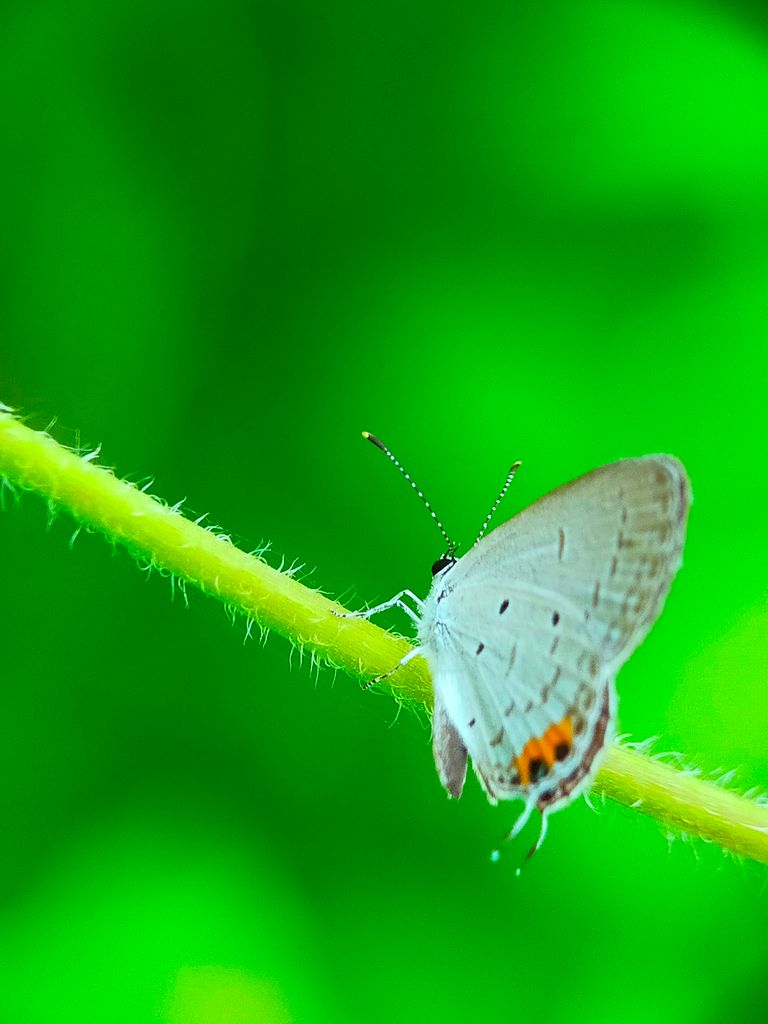
This is all I can say more and less I apologize, hopefully it will be useful for me, and hopefully it will be useful for all readers in general, thank you for visiting my blog, don't forget to follow and vote for my posts. , and one more thing, don't forget to share this post with other friends.
Thank you for visiting my blog, don't forget to follow and vote for me to post, and others don't forget to share this post with other friends.
Greetings to all on Blurtter....
Your Post Has Been Upvoted By THE FUZZ Curation Account